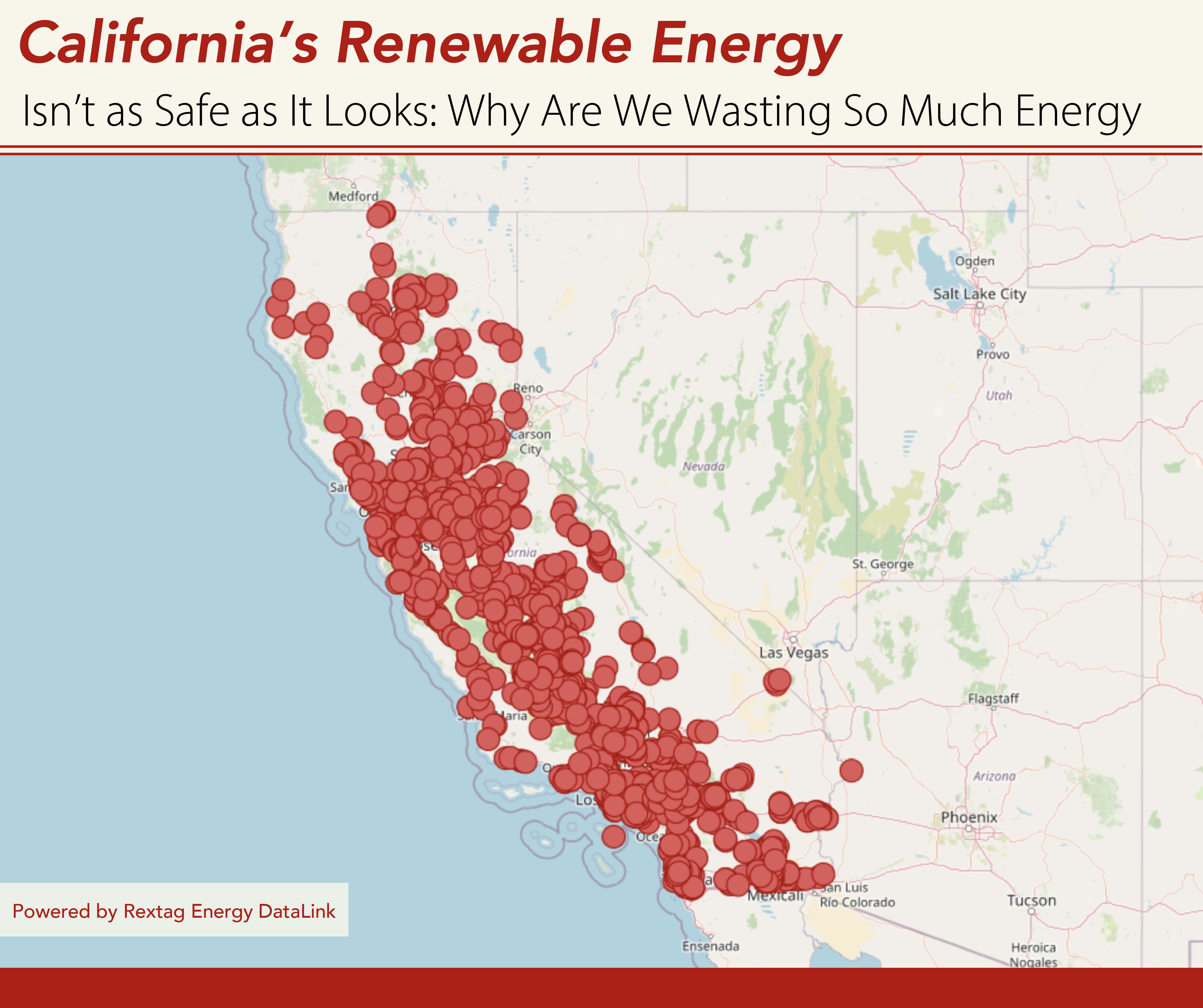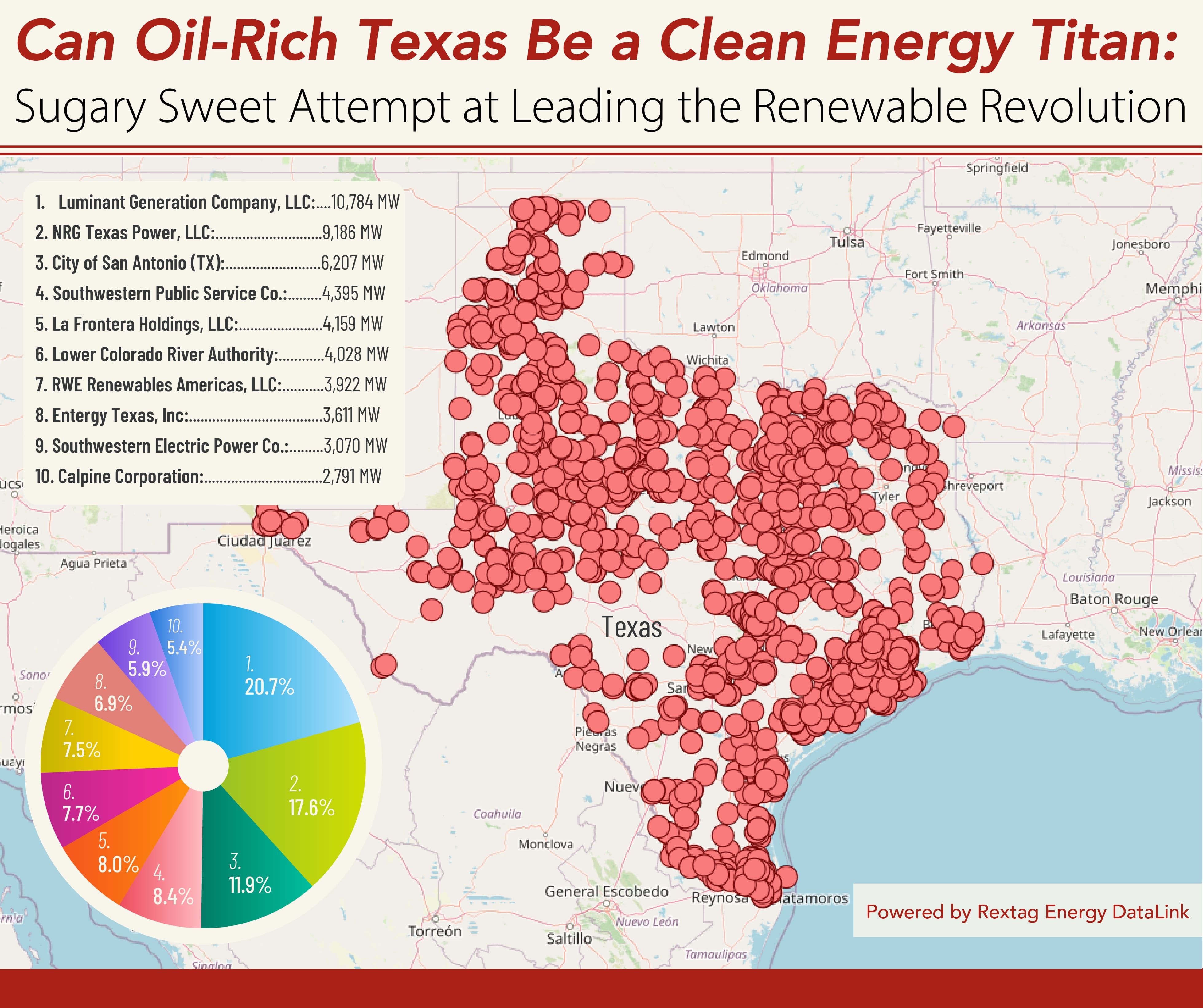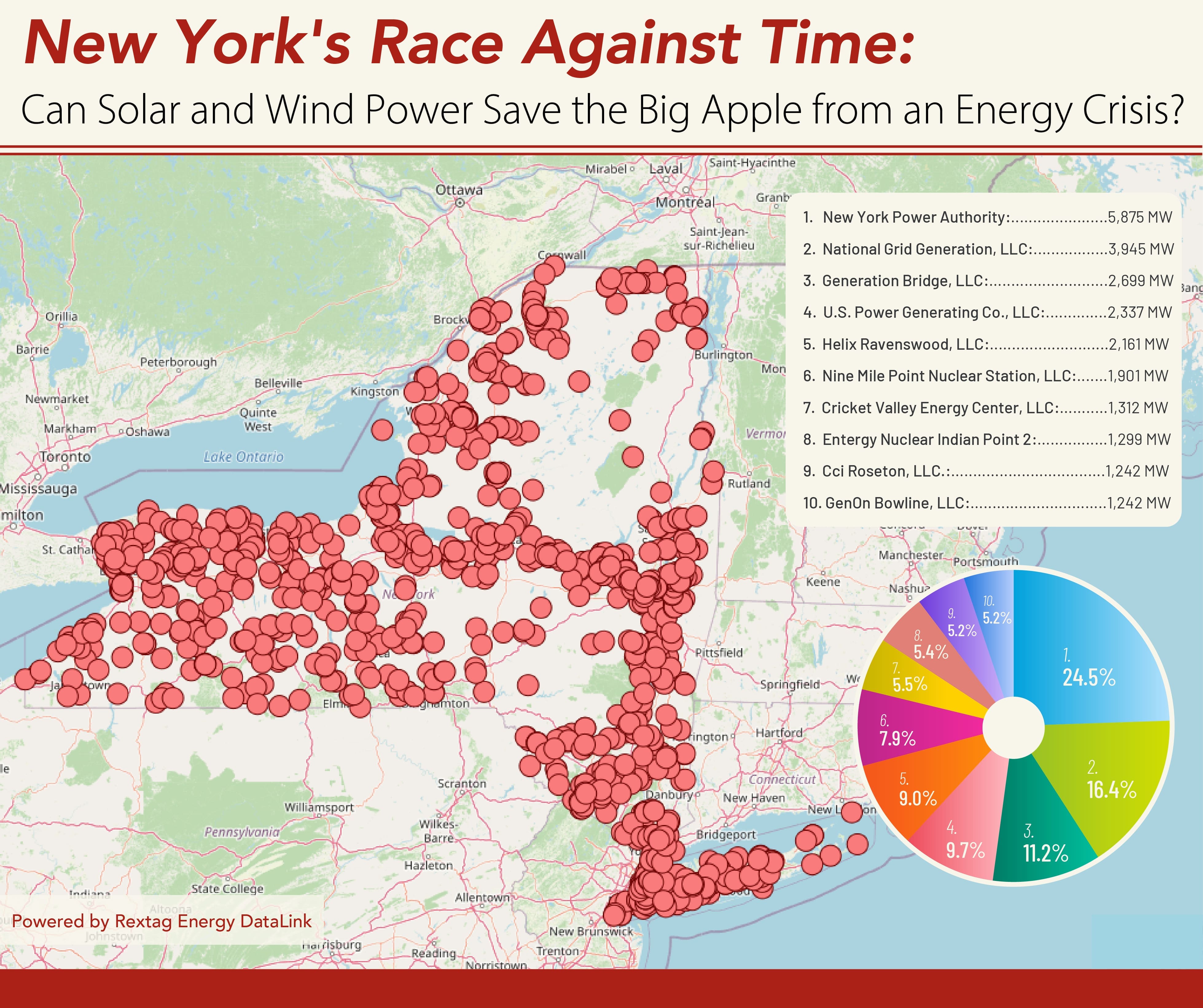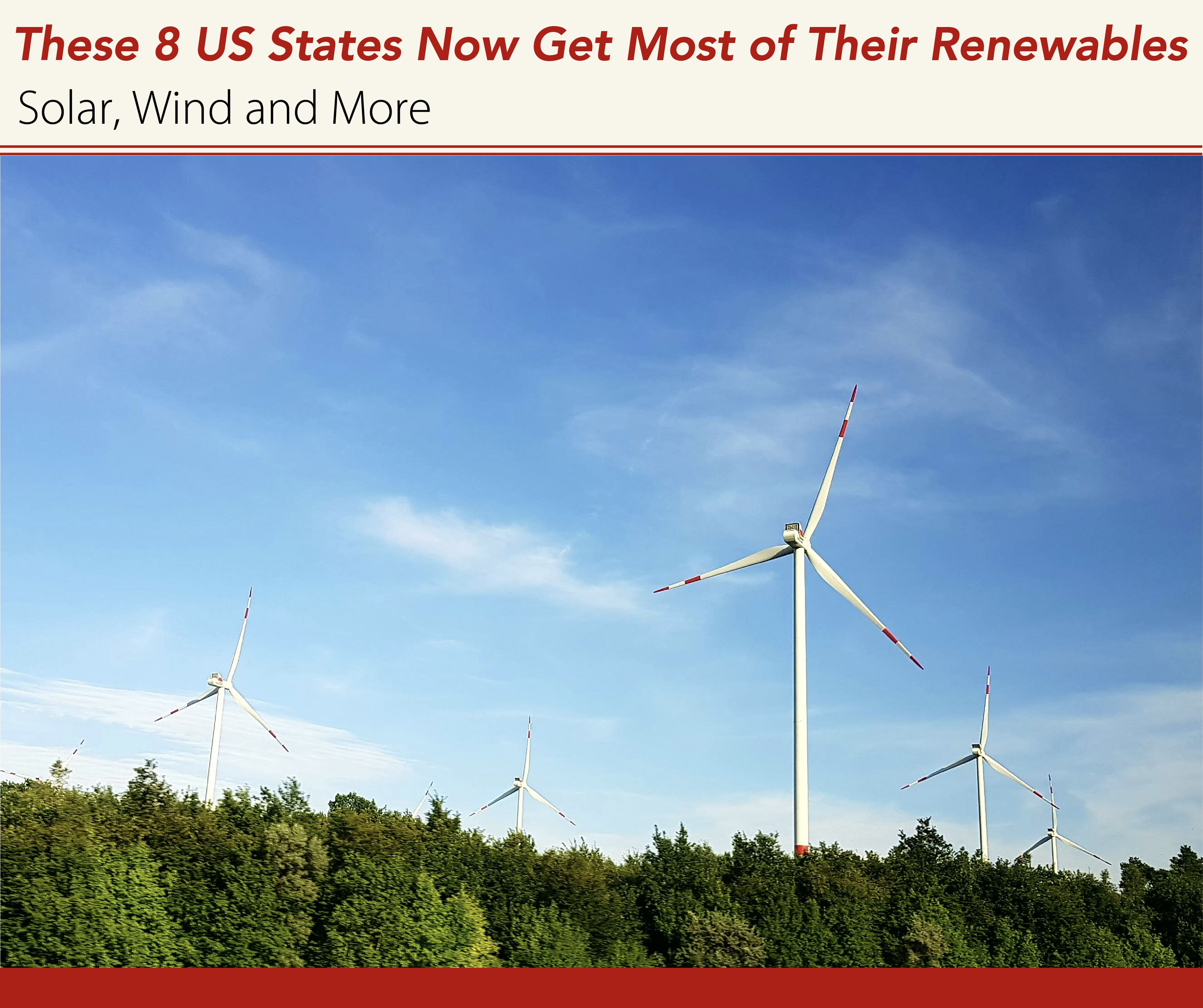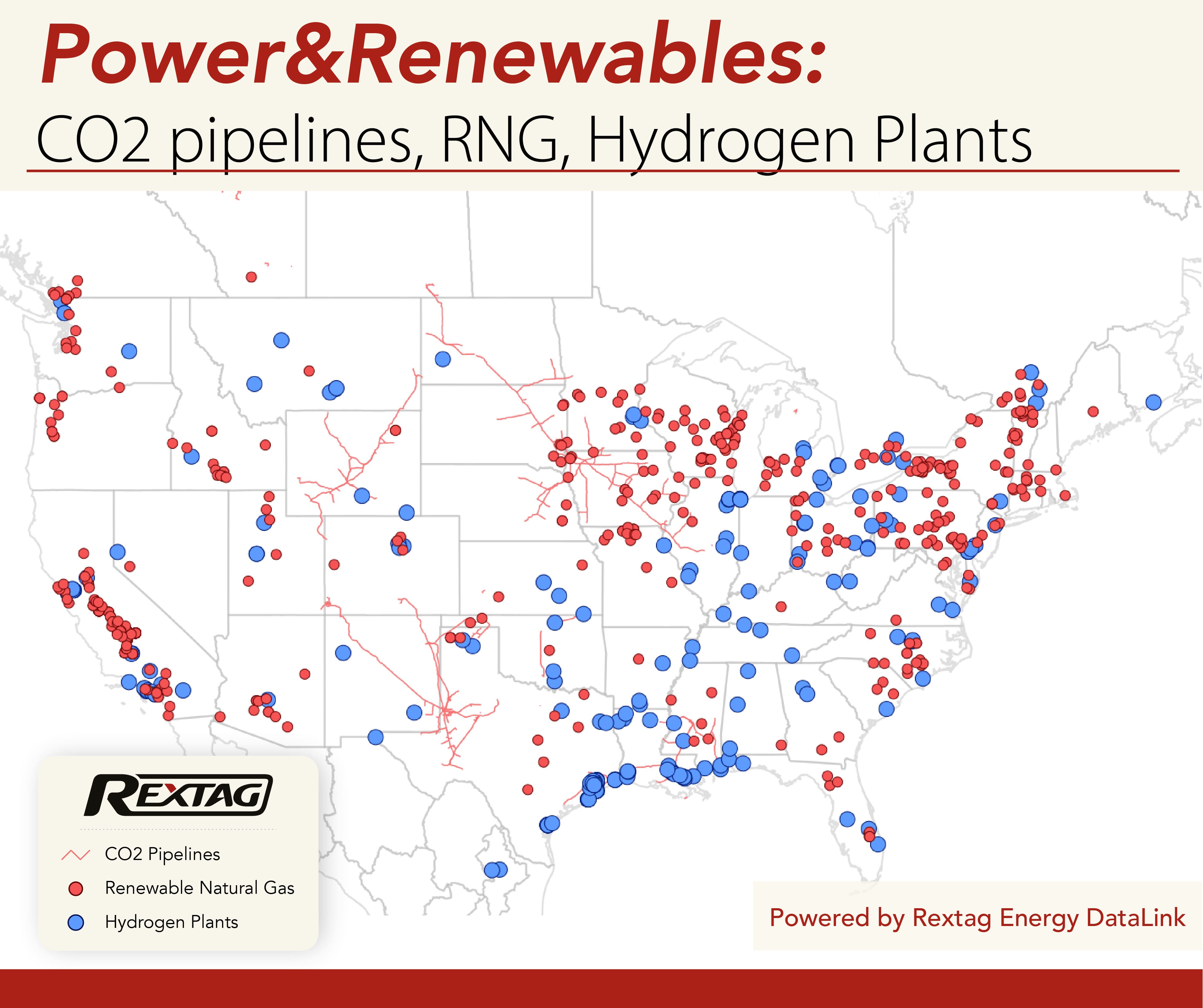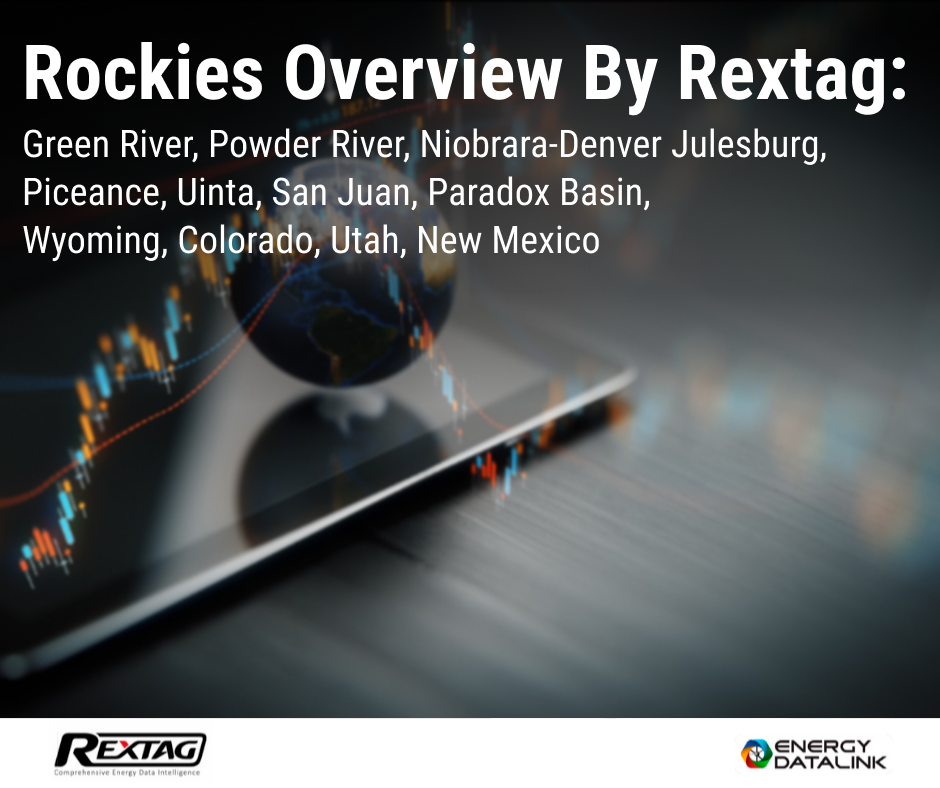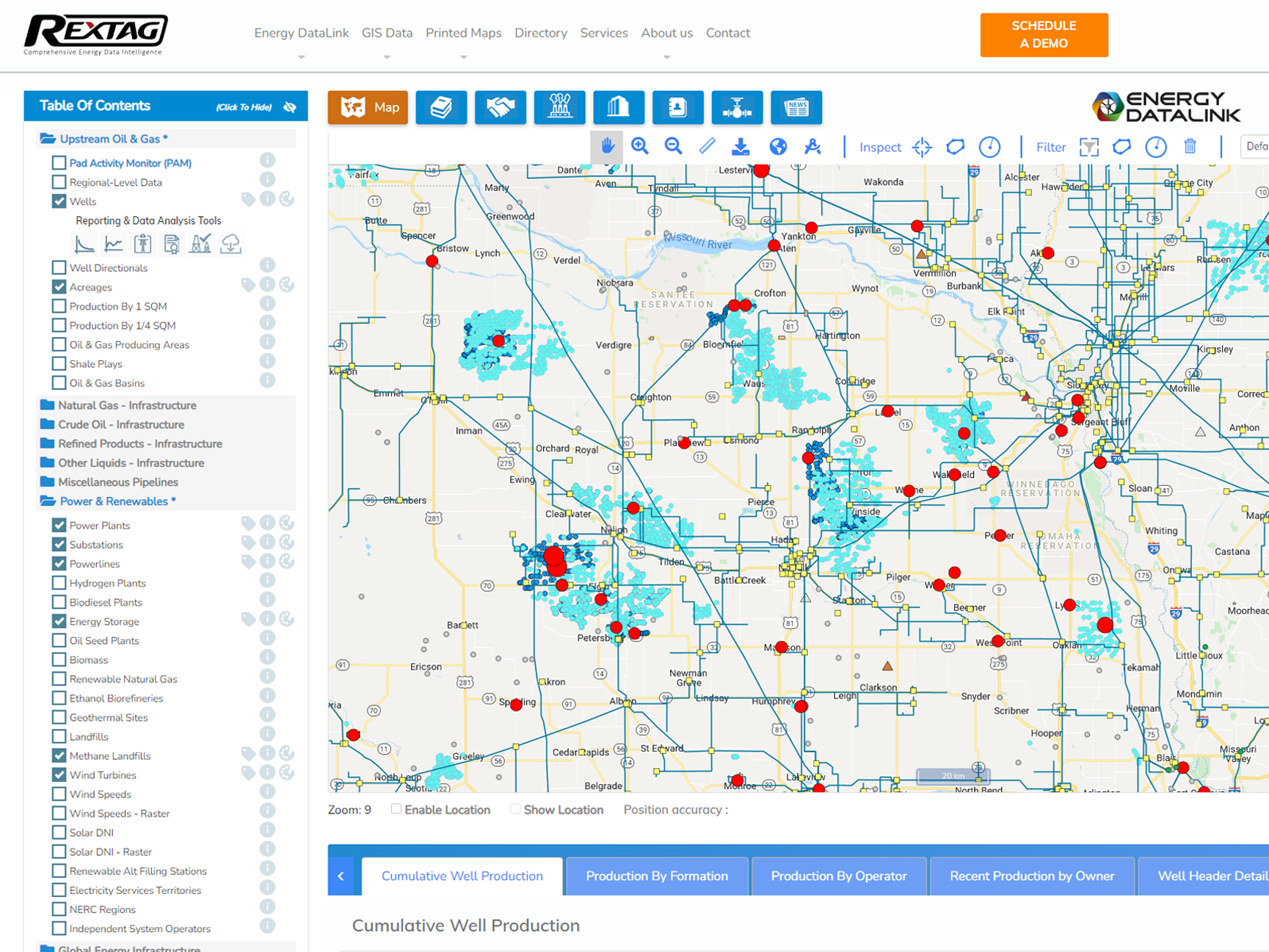Blog
Since days when shale oil and gas technologies were discovered, the U.S. energy industry has been evolving more rapidly than ever before. Many changes are amazing especially when you put them on an industry map. At Rextag not only do we keep you aware of major projects such as pipelines or LNG terminals placed in service. Even less significant news are still important to us, be it new wells drilled or processing plants put to regular maintenance.
Daily improvements often come unnoticed but you can still follow these together with us. Our main input is to “clip it” to the related map: map of crude oil refineries or that of natural gas compressor stations. Where do you get and follow your important industry news? Maybe you are subscribed to your favorite social media feeds or industry journals. Whatever your choice is, you are looking for the story. What happened? Who made it happen? WHY does this matter? (Remember, it is all about ‘What’s in It For Me’ (WIIFM) principle).
How Rextag blog helps? Here we are concerned with looking at things both CLOSELY and FROM A DISTANCE.
"Looking closely" means reflecting where exactly the object is located.
"From a distance" means helping you see a broader picture.
New power plant added in North-East? See exactly what kind of transmission lines approach it and where do they go. Are there other power plants around? GIS data do not come as a mere dot on a map. We collect so many additional data attributes: operator and owner records, physical parameters and production data. Sometimes you will be lucky to grab some specific area maps we share on our blog. Often, there is data behind it as well. Who are top midstream operators in Permian this year? What mileage falls to the share or Kinder Morgan in the San-Juan basin? Do you know? Do you want to know?
All right, then let us see WHERE things happen. Read this blog, capture the energy infrastructure mapped and stay aware with Rextag data!
California’s Renewable Energy Isn’t as Safe as It Looks: Why Are We Wasting So Much Energy?
California has long been at the forefront of renewable energy in the United States, from its vast solar farms to its growing battery storage capacities. But beneath the headlines of a "clean energy revolution" lies a complex reality—one shaped by ambitious targets, grid challenges, and the everyday experiences of Californians grappling with rising energy costs and increasing grid instability. As California pushes towards its 100% clean energy goal, the road is full of both promise and pitfalls.
Can Oil-Rich Texas Be a Clean Energy Titan: Sugary Sweet Attempt at Leading the Renewable Revolution
Texas is taking bold steps toward a future powered by clean energy. Once known mainly for its oil and gas, the state is now a leader in wind, solar, and battery storage. But as electricity demand grows, so do the challenges of balancing energy needs with infrastructure limits. Here’s a look at how Texas is transforming and what hurdles lie ahead + find out who works with Facebook’s parent company Meta on new technology across the U.S.
These 8 US States Now Get Most of Their Renewables: Solar, Wind and More
Last year, a Pew Research Center survey revealed that 67% of Americans are in favor of developing alternative energy sources. Similarly, an Eligo Energy survey indicated that 65% of U.S. consumers are prepared to pay a premium for renewable energy. According to Mordor Intelligence, the U.S. renewable energy market is projected to reach 434.5 GW in 2024, with further growth expected at an annual rate of 10.01%, reaching 700.15 GW by 2029.
A Green Future: $2 Trillion Investment in Clean Energy on the Horizon for 2024
The global investment in upstream oil and gas is also set to rise by 7% in 2024 to $570 billion, continuing the growth trend from 2023. National oil companies in the Middle East and Asia primarily drive this increase. This year, the global shift toward clean energy will see investments reaching a monumental $2 trillion, according to the International Energy Agency (IEA). This amount is double what is being invested in fossil fuels. In its annual World Energy Investment report, the IEA highlights that for the first time, total energy investment will surpass $3 trillion in 2024.
Rockies Overview by Rextag: Green River, Powder River, Niobrara-Denver Julesburg, Piceance, Uinta, San Juan, Paradox Basin, Wyoming, Colorado, Utah, New Mexico
New Mexico leads the Rockies region in gas production and ranks as the sixth-largest in terms of active gas wells in the U.S. Last year, the state's gas well count slightly increased by 0.2% to 30,699, with new additions in both the northwestern San Juan Basin and the southeastern Permian Basin. Meanwhile, just to the north in Colorado, gas producers grew by a modest 0.1% to 30,322, primarily due to increased drilling activity in the DJ and Piceance basins. Wyoming saw a decline in its active gas wells by 3.7%, down to 17,006, with production mainly in Sublette, Sweetwater, and Converse counties reflecting stable or slightly reduced drilling activity. Utah also experienced a slight decrease of 0.2% in its number of gas wells, totaling 6,463. In Q1 2024, oil and gas industry activity in Oklahoma, Colorado, and northern New Mexico experienced a decline. This marks the fifth consecutive quarter of contraction in drilling and business activities within these regions. According to a survey that included responses from 33 firms operating in the Rockies, this downtrend is expected to continue over the next six months.
Co-Location Energy Infrastructure Analysis at Your Fingertips
Your team’s ESG performance can be greatly improved applying the asset co-location analysis within upstream or midstream use cases. This has been a topic for a discussion at Rextag’s ‘Is ESG Improvement Next Door?’ webinar. We reviewed some cases like curbing gas flaring or renewable energy sourcing to power the fossil fuel infrastructure. Many combinations are available with access to the data Rextag provides on wells, acreages, power lines, substations, and such renewable infrastructure as wind turbines, methane landfills, etc.
